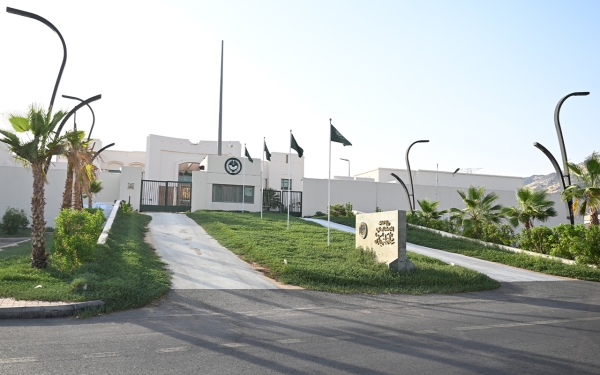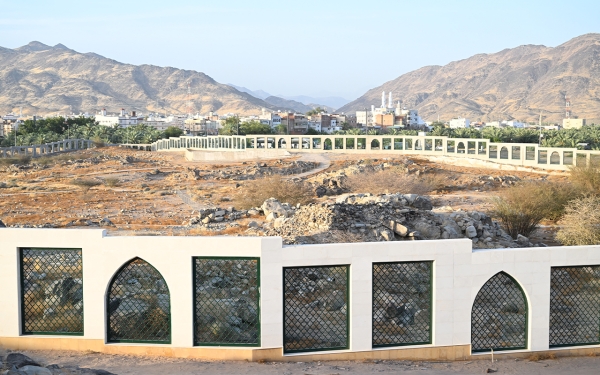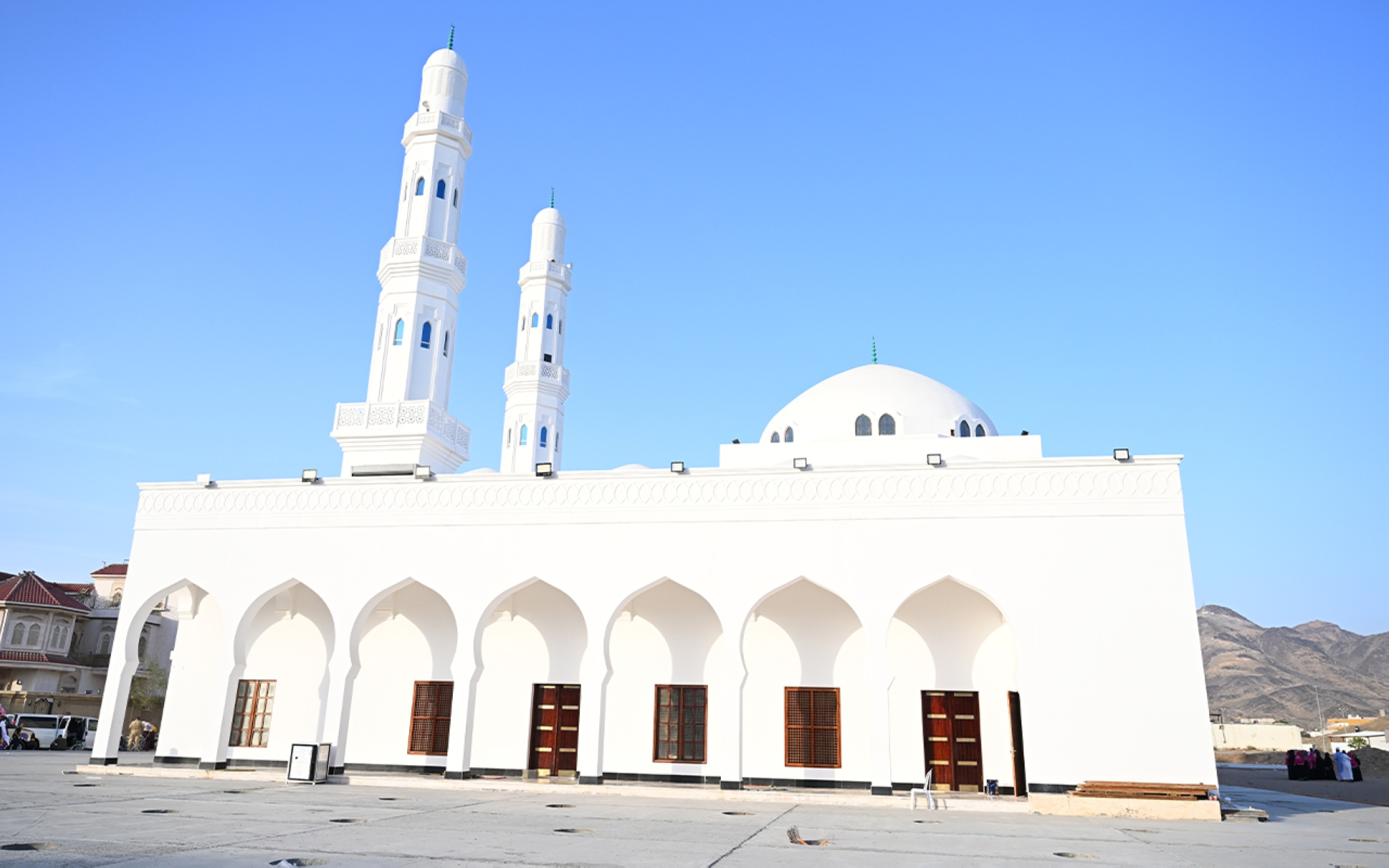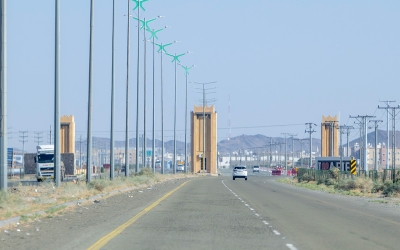

Badr is a governorate in Medina Province, west of the Kingdom of Saudi Arabia. It is the fourth-largest population center in Medina Province. It is classified as category (B,) and includes seven administrative centers.
History of Badr Governorate
Badr Governorate is an important element of Islamic history. It saw the Great Battle of Badr on March 15, 624. Moreover, its name was mentioned in the Holy Quran, the angels descended its mountains which surround it from all directions, and it witnessed the events described in the prophetic biography.
The reasons behind the governorate's name are numerous, as various explanations were provided by narrators. Some attributed it to Badr bin Yakhlad bin Nadr, and others believed that it derived from Badr bin Quraish who dug a well on the site, and the well was named after him. Moreover, the Well of Badr is a famous location between Makkah and Medina at the bottom of Wadi al-Safra. One night separates this well from the coast.
Another story suggests that the governorate was named after the shape of its land, which is surrounded by mountains from all sides, thus taking the form of a full moon. Moreover, Badr is also called al-Safra, in reference to Wadi al-Safra. The governorate is also called Badr al-Kubra (The Great Badr) in reference to the great Battle of Badr. Another name is Bader Haninr from Ain Hanine, which is said to be the real spring of Zubaydah.
Location of Badr Governorate
Badr Governorate is situated in the west of Medina. Its location is crucial because it is located among four of the largest cities in the Kingdom. It is situated 310 km northwest of Makkah, 150 km to the southwest of Medina, 270 km from Jeddah to the north, and 85 km to the southeast of Yanbu. Its area is estimated at 8,186 km, while the population in the governorate and its centers is more than 58,259 people, according to the 2022 Saudi census.
Topography and climate of Badr Governorate
Badr Governorate has a tropical climate in the summer and winter seasons, as it is located in a tropical location. It has little rainfall, which is mostly concentrated in winter, and is extremely hot and humid in the summer due to its proximity to the sea and, enjoys a moderate winter atmosphere. This makes it a suitable destination for visitors, as the temperature in winter ranges between 16 - 25°C.
Due to its geographical nature, Badr Governorate is characterized by a number of different natural terrains and environments. It is surrounded by a part of the Sarawat mountain range from all sides, and is mostly dominated by a desert environment, which is reflected by Katheeb al-Hannan, a sand mountain, also referred to as Daff Ali located In the northwest corner of the province. Moreover, the governorate is also characterized by an agricultural environment, as palm plantations cover its lands. Many valleys are also prominent in Badr, as it is located at the end of the mouth of Wadi al-Safra and is a passage for Wadi Badr Dhou Khachab. Finally, it is distinguished by numerous plains, as the coastal plain is 6 km away from the governorate, while 35 km separates it from the sea.

Historical landmarks in Badr Governorate
Badr Governorate is full of many historical landmarks that date back to the pre-Islamic era, as the Well of Badr was famous. Its strategic location which falls on the road of commercial caravans heading to the Levant from Makkah, and the road starting from Medina to the port of the old city on the Red Sea, made it one of the famous markets of the Arabs at the time. A famous market was dedicated to Arabs in Badr for eight days during the month of May.
One landmark of the Islamic era in the governorate is Masjid al-Areesh, which served as the center of the Muslim leadership during the Battle of Badr. It is the place where the Prophet (PBUH) prayed during the Battle of Badr under the branches of a palm, thus the name of the mosque, as the Arabic word Areesh refers to the shadow of date palms. Another landmark is the Martyrs’ Cemetery, where the remains of the Battle of Badr martyrs were placed, in addition to al-Adwa al-Dunya, which is where Muslims come from Medina, and al-Adwa al-Qosswa, where the polytheistic Quraysh came from Makkah. Moreover, Jabal Malaikah (Mountain of the Angels) is also a distinguished landmark in the governorate.
Transport services in Badr Governorate
Transportation services in Badr include Prince Mohammed bin Abdulaziz Airport in Medina, which is located 171 km from the governorate. It is the closest airport to Badr, with a capacity of about four million passengers per year.
Badr Governorate is the meeting point of Main Road 60 with the Main Coastal Road 5 that runs along the western coast of the Kingdom, and the two roads are considered the main land transportation centers to reach and travel to and from Badr Governorate.
Related quizzes
Related articles


